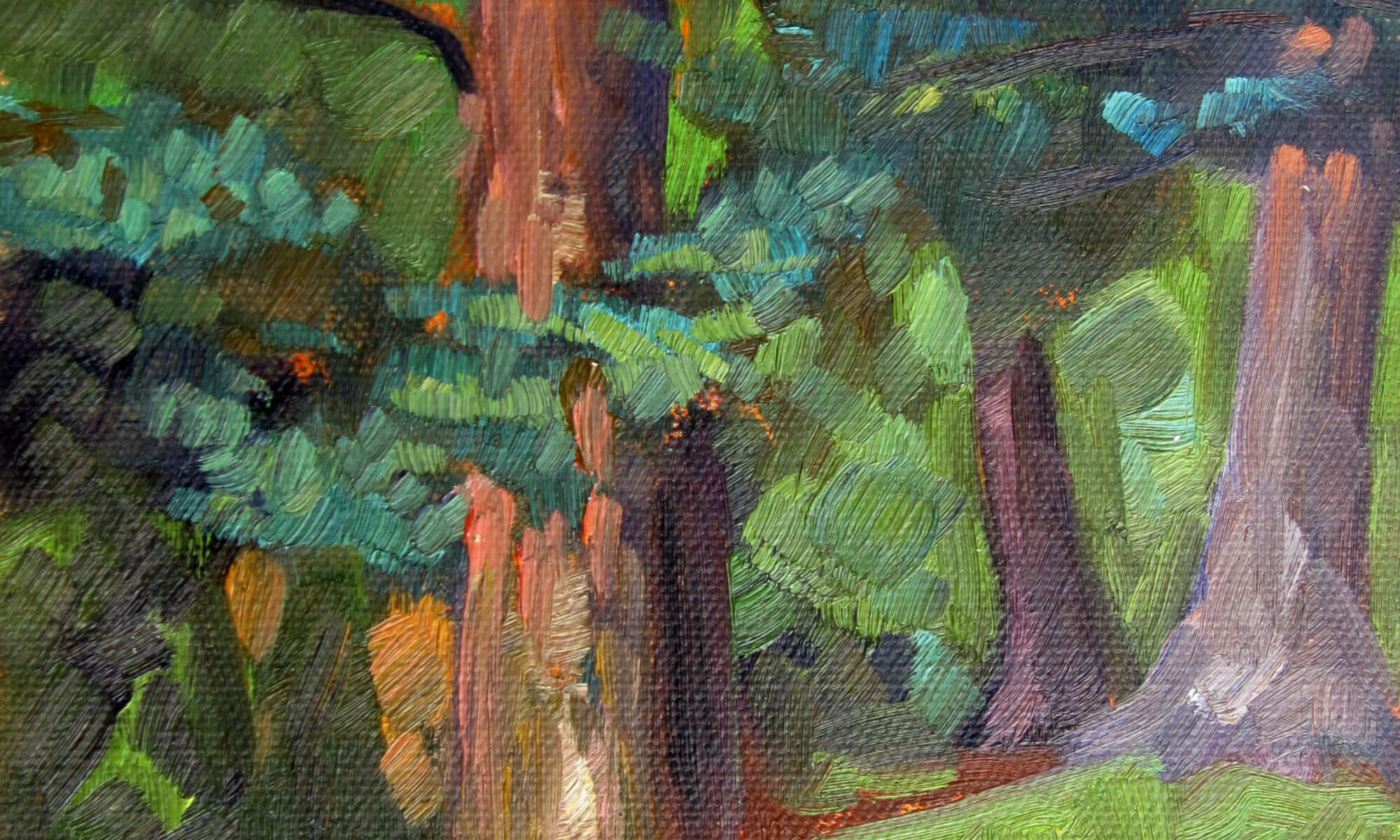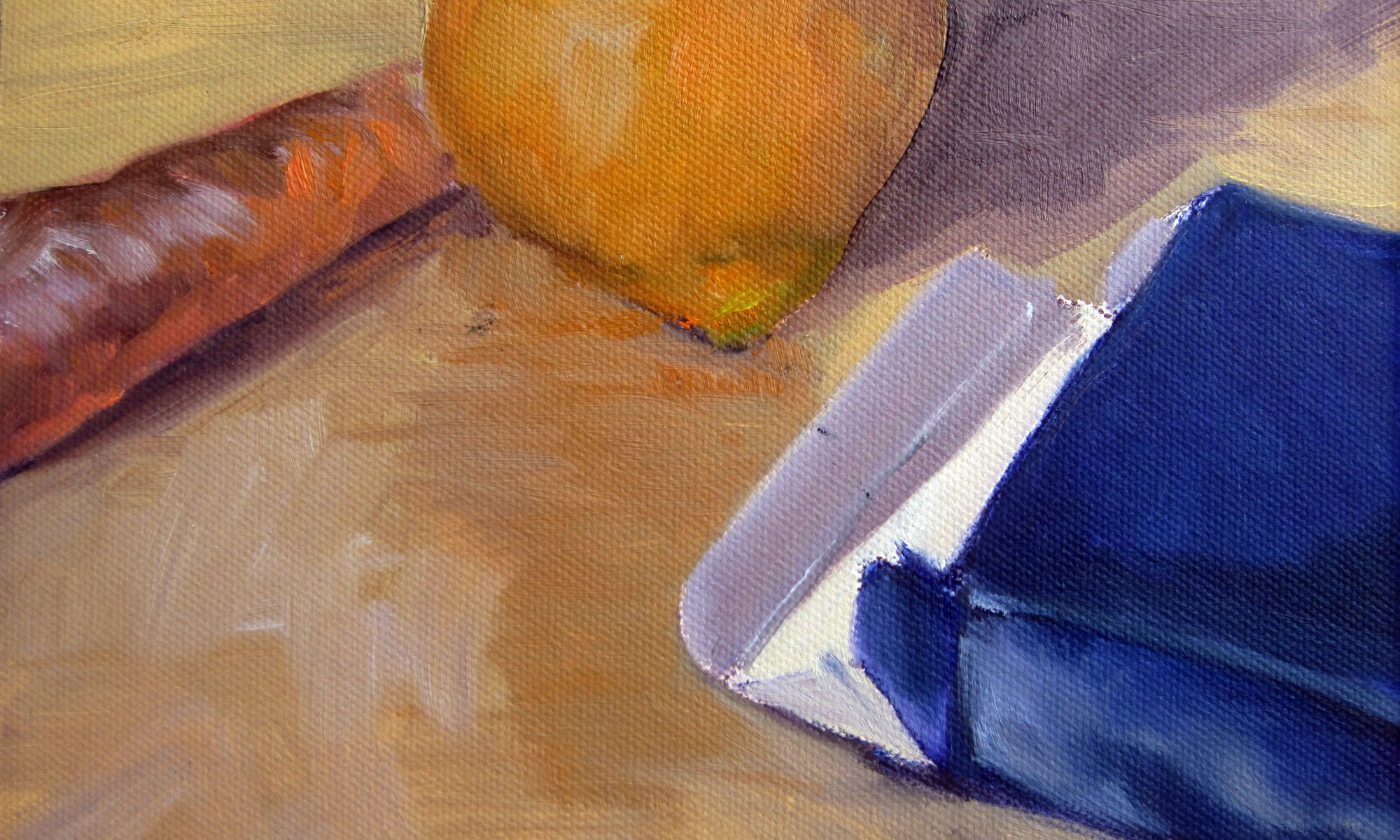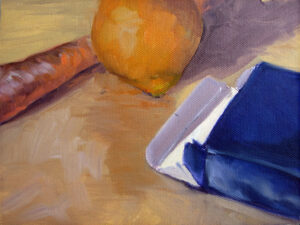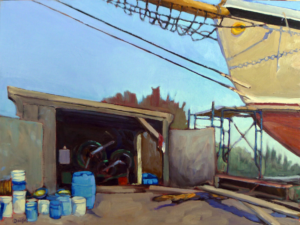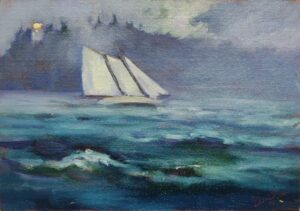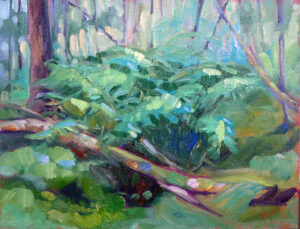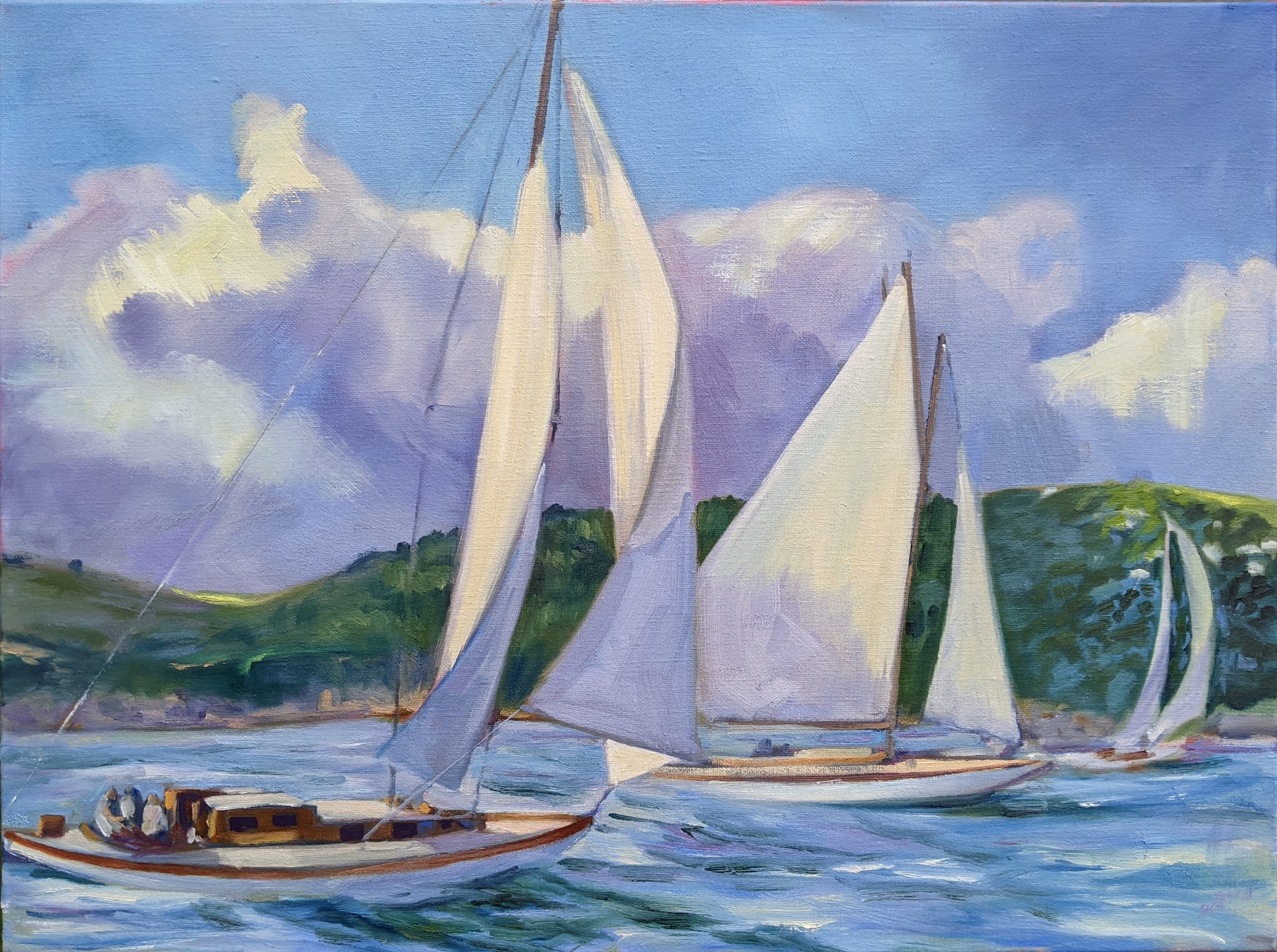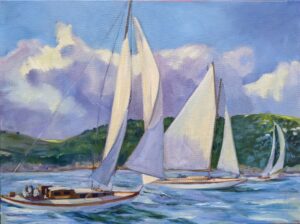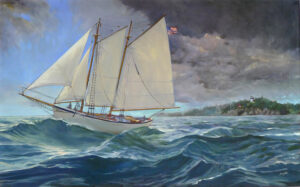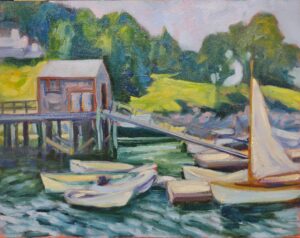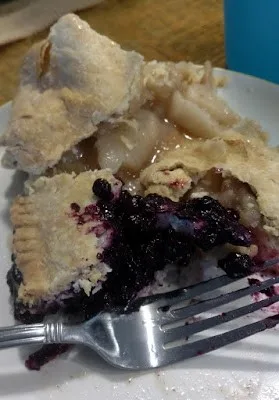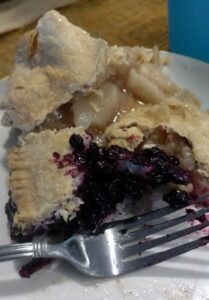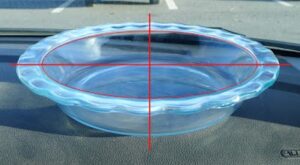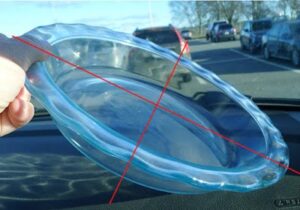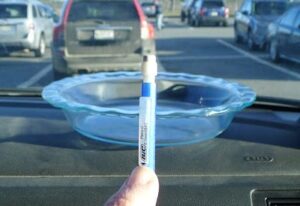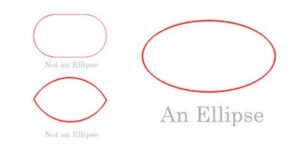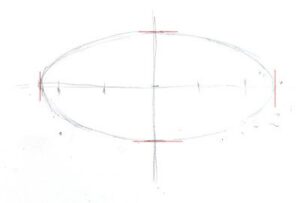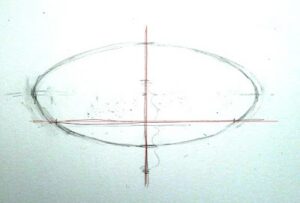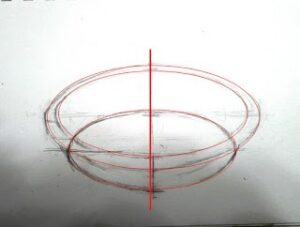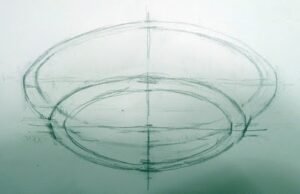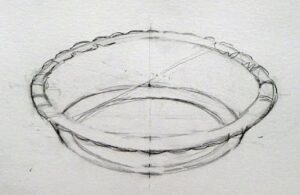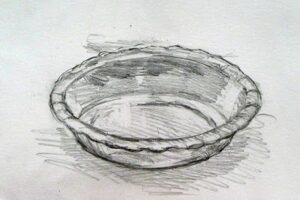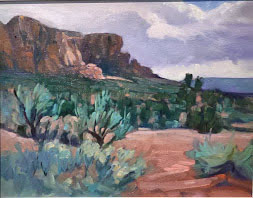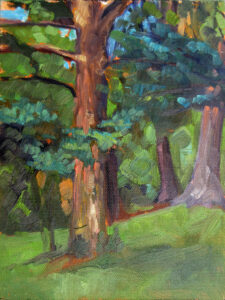
My friend Laura Miner loves to quote Mr. Rogers at me every time there’s a disaster. “When I was a boy and I would see scary things in the news, my mother would say to me, ‘Look for the helpers. You will always find people who are helping.'”
I can’t say I watch much news, scary or otherwise, but I’m keenly aware of the helpers. They always seem to be with me. Most recently, my friend and student Karen Ames learned that my brushes were lost when my painting pack went AWOL in Arizona. She promptly mailed me a beautiful selection of Rosemary hog bristle brushes. “I wasn’t using them and I know you needed them,” she said. I was very touched.
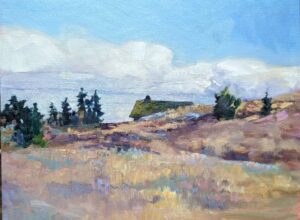
Have you ever done a good deed and never received a thank you? When I was 14, my brother was in a crash that killed him, his two classmates, and a passenger in the other vehicle. Our house was pandemonium, so I slipped out and walked to the neighbors. Dear old Mr. and Mrs. Adler took one look at my ashen face and gave me a large glass of brandy. I had no experience with spiritous liquor; I choked and sputtered, but it did make me feel better. Of course, I never thanked them; 14-year-olds are ingrates at the best of times, and that was the worst of times. They’re both gone now, but I’ve never forgotten that simple act of kindness.
Never assume that your small deeds don’t have an impact, or that the recipients aren’t grateful. It may take a snotty teenager decades to realize her indebtedness, but she’ll eventually get there.
It’s not always easy or cheap to be kind. For example, you’re late to work for the third time and the car in front of you is potting along at 20 MPH below the speed limit. (My daughter, who inherited her lead foot from me, says that Maine’s state motto is “35 MPH was good enough for Grandpa, and it’s good enough for me.”) How tempting it is to blow the horn, yell, and tailgate. You finally manage to pass and you realize that the old lady driver has a death-grip on the wheel; she’s the same age your mom would be if she were still alive. You’re suddenly very relieved that you didn’t act like a jerk.
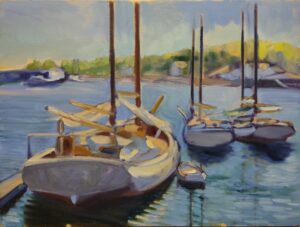
Artists are famously broke. They’re also, paradoxically, among the most generous of people. I left my quinacridone magenta home when I was at the Sedona Plein Air Festival. There was none to be purchased anywhere in town. Casey Cheuvront immediately gave me a big dollop of the closest thing she had, dioxazine purple. Later, Ed Buonvecchio loaned me a tube of magenta. I’ve never run short of something, broken something, or forgotten something that an artist hasn’t immediately stepped forward with an offer to help.
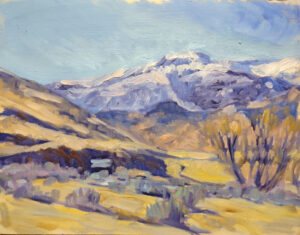
People sometimes talk about ‘paying it forward’ but most helpers aren’t thinking of kindness as a debit/credit sheet. They’re not treating the universe as a giant karmic apparatus that repays their kindnesses with benefits. They’re just being kind. That’s because kindness is not a zero-sum game, but rather something that can fill us to overflowing and never run out.
Today I’m thankful for the helpers. Here’s a discount code for all you helpers, which will give you 10% off any painting on this website: THANKYOUPAINTING10
My 2024 workshops:
- Painting in Paradise: Rockport, ME, July 8-12, 2024.
- Sea & Sky at Schoodic, August 4-9, 2024.
- Find your authentic voice in plein air: Berkshires, August 12-16, 2024.
- Art and Adventure at Sea: Paint Aboard Schooner American Eagle, September 15-19, 2024.
- Immersive In-Person Workshop: Rockport, ME, October 7-11, 2024.

